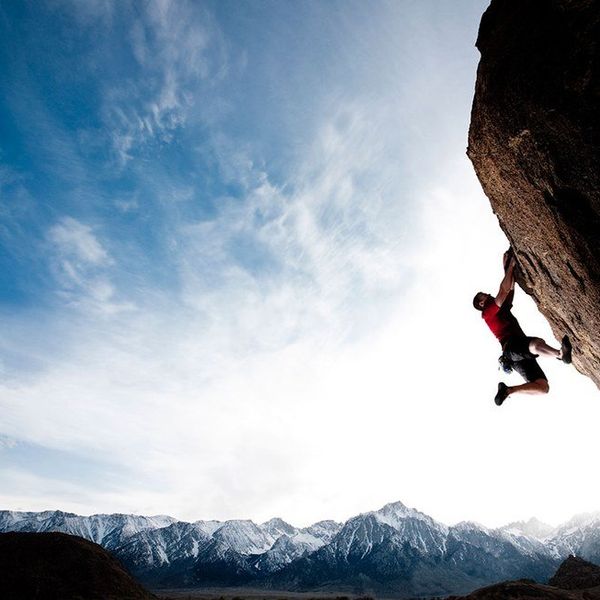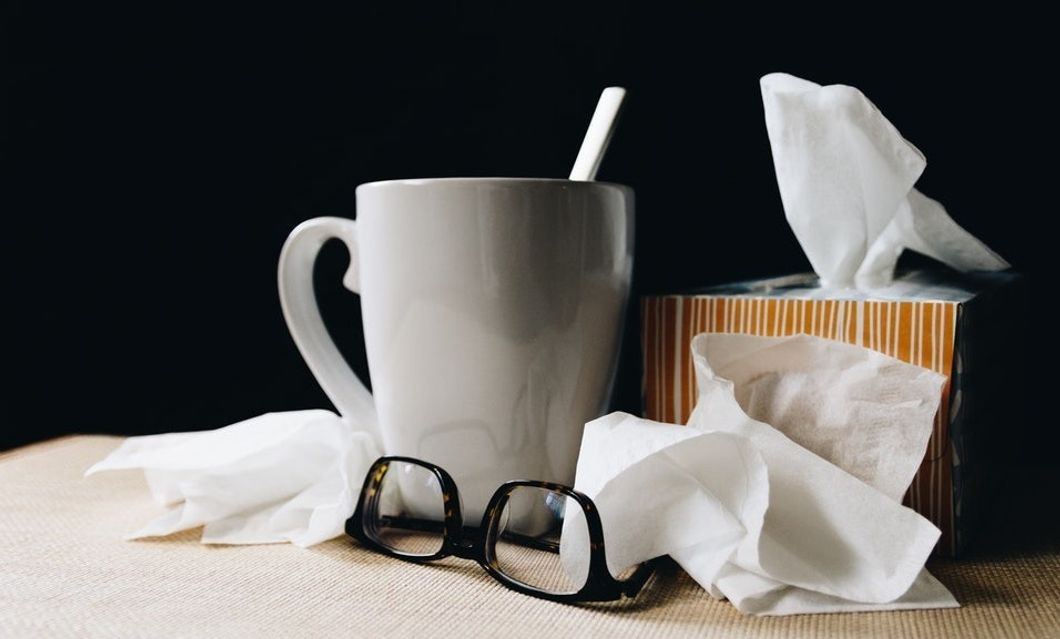The flaneur is a concept that has always fascinated me. From the French noun, the terms means "stroller", "lounger", "saunterer" or "loafer", and connotes an ambivalent figure of urban riches who possesses the ability and time to wander detached from society with no other purpose than to be an acute observer. This figure and his associations are of canonical importance to conceptions of modernity as portrayed in art, literature, and historical, political, and economic theory. The impressionist art movement born in Paris and London in the mid 19th century was made possible by the phenomenon of new found capitalist time, money, and freedom that allowed for social and aesthetic observation. Albeit, these luxuries were only afforded to men who were allowed to roam purposeless and unaccompanied, and to only those men unburdened from financial strain and thus physical preoccupation. In the 1860s, in the midst of the rebuilding of Paris under Napoleon III and Baron Haussmann, the writer Charles Baudelaire presented a memorable portrait of the flaneur as the artist-poet of the modern metropolis. He described the flaneur as a "gentleman stroller of city streets" and saw the figure as having a key role in a participant-observer dialectic in which the observer critically ponders and portrays anthropological, literary, and historical notions of the relationship between the individual and the greater populace. Postmodern alienation, industry, society, and high art are all of concern to the simultaneously attached and detached street stroller.
While I lived in the Bronx, I wanted to be a flaneur. I know it is a silly concept that connotes status and pretension. Would it not be lovely though, to look at your city outside of yourself? With nowhere important to be and no cerebral preoccupation besides the joy of observable beauty and complexity? Hours upon hours free to wander? I have been able to feel the space between myself and the city and community I occupy in moments.
As of March I was a woman living in the city, without much time. Danger exists around corners to me sometimes, I am often conscious of my vulnerability and the mental energy necessary to balance vigilance with efficiency. I refuse to believe the experience of the flaneur is closed off to those who are socially barred from passing through streets without wariness or urgency. I walked close to 8 miles a day before I left the city to quarantine at my parents' home in Rockville, Maryland. Those 8 miles were not usually spent in flanerie, but instead anxious speed-walking on the way to a destination. Thus, I emphasize moments. One evening, I arrived at the apartment of the family I nanny for in Long Island City, Queens an unprecedented fifteen minutes early. I decided to walk to the end of the dock overlooking the Manhattan skyline and for mere minutes consider that iconic cityscape I found myself too preoccupied previously to love silently. I let the fear of someone behind me in the dark fade into the seconds I could trust, and I cried.
Walking feels good and does good things for me and I appreciated how conducive my city of residence was to getting steps in. Now, in the suburbs, a walk is something I more consciously must seek out, and there is no obvious destination; it is time to be a flaneur but now there is no city. I have found the trails around my town have begun providing me with the excitement a mysterious storefront or impressive architectural work used to provide me. Now, I ponder the space between myself and the ground underneath me and the sky above me instead of the life inside of an apartment I pass. The experience is different, more meditative, but I am assuming as equally rich in consideration as the walk of the flaneur. The status of a stroll as a luxury is up for debate, but to me, it is one of the more spectacular pleasures I have available to me, and the peace it provides me is incalculable.



















